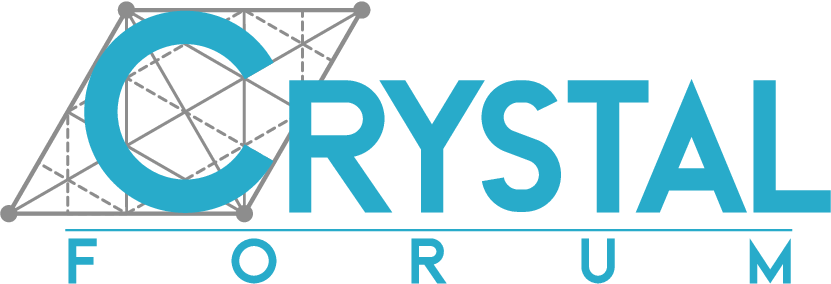Which keywords can help the geometry optimization to what you expected ?
-
Dear everyone,
we are trying to calculate nanotube and we expected that the system owe the band gap about 2.0 eV, in the optimization process, words "POSSIBLY CONDUCTING STATE" appeared in the SCF file. Finally, the band gap converge to about 0.5 eV with incompact structure . we tried some methods as the follows: 1) reoptimization, sometime the structure changes a lot, the result seems to be correct, but it does not work for most cases. 2) try different keyword in optgeom section , such as, TOLDEG TOLDEX TOLDEE change to default value *0.1 , respectively; Hessian updating method change default to OLDCG; NoGUESS was added; ALLOWTRUSTR was added, while try different MAXTRADIUS TRUSTRADIUS for different number; the ICODE for FINALRUN was also 4; 3) try different parameter in SCF section: change the DFT functional (HSE06, B3LPY, PBE0); change convergence method( DIIS; LEVSHIFT; ANDERSON; BROYSDEN); the number of K point in K point sample was also changed with different value (8, 10 ,16); 4) the basis set also change, in most cases the pob_TZVP_rev2 were adopted.
Unfortunately, the optimized structures seem to be unreasonable with different trying mentioned above.
The system and basis parameter can be seen from the INPUT file as attachment. All the jobs were finished in Pcrystal, in the crystal user's Manual, it is noted that the keyword "FINALRUN" does not work in Pcrystal, we want to know whether it is true(crystal17, page 338).
I would appreciate any help.
Thanks!
[INPUT](Invalid file type. Allowed types are: .png, .jpg, .bmp, .txt, .gif, .d12, .out, .dat, .d3, .outp, .input, .output, .dat, .f34, .cif, .pdf, .f9, .f20, .f13, .freqinfo, .out2, .log, .jpeg) -
-
Hi,
The FINALRUN option works fine in P-CRYSTAL: that sentence in the Manual must be a leftover from the past, sorry for that.
Can you elaborate on how the optimized structures are unreasonable? Is it just for the underestimation of the computed band gap or also for some structural aspects? In this case, it would help if you could show us the "expected" structure, as well as the one you obtain from the optimization.
